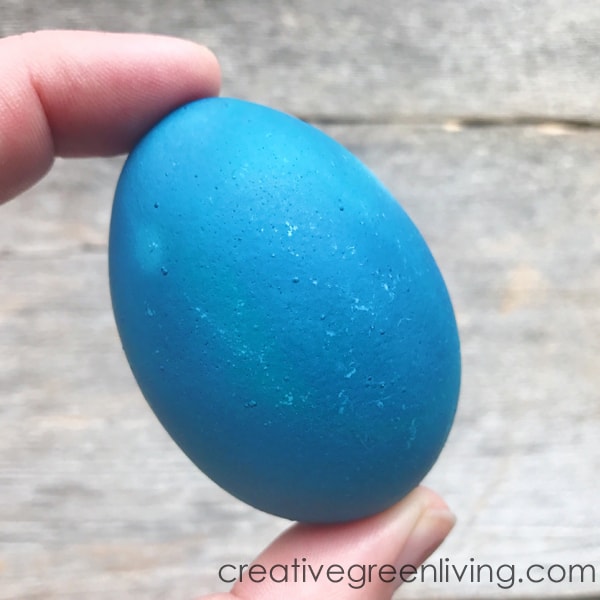The Magic of Blue: Unveiling the Secrets of Red Cabbage Dye

In the vast spectrum of colors, blue holds a unique allure, a whisper of the sky and the depths of the sea. But what if this captivating hue could be conjured not from a synthetic laboratory, but from the humble leaves of a red cabbage? This exploration delves into the enchanting world of natural dyes, specifically the vibrant blue derived from this unexpected source.
The transformation of red cabbage into a source of blue dye might seem paradoxical, a chromatic alchemy that defies expectations. Yet, within its crimson leaves lies a hidden potential, a vibrant blue waiting to be unveiled. This transformation is not mere magic, but a fascinating interplay of chemistry and nature, a testament to the unexpected beauty hidden within the ordinary.
The journey of extracting blue dye from red cabbage begins with a simple process of simmering the chopped vegetable in water. As the water heats, it begins to absorb the pigment, anthocyanin, responsible for the cabbage's initial red color. This pigment is highly sensitive to pH changes, and it is this sensitivity that allows us to orchestrate its transformation into blue.
The key to unlocking the blue hue lies in altering the pH of the dye solution. By introducing an alkaline substance, such as baking soda, we shift the chemical balance, coaxing the anthocyanin to reveal its hidden blue potential. This seemingly simple act of adjusting pH unveils a vibrant spectrum of colors, ranging from deep violet to brilliant turquoise, all stemming from the same humble source.
The use of red cabbage as a dye dates back centuries, with evidence suggesting its application in various cultures for coloring textiles and even food. This historical significance speaks to the resourcefulness of our ancestors, their ability to harness the power of nature to create vibrant and sustainable colorants. Today, this ancient practice experiences a resurgence, fueled by a growing interest in natural and eco-friendly alternatives to synthetic dyes.
The vibrant blue derived from red cabbage offers a compelling alternative to synthetic dyes, which often contain harmful chemicals. This natural dye provides a sustainable and non-toxic option for coloring various materials, from fabrics to paper, even serving as a natural food coloring. This versatility makes it a valuable tool for artists, crafters, and anyone seeking eco-conscious alternatives.
Anthocyanins, the pigments responsible for the blue color, are also known for their antioxidant properties. This adds another layer of value to the red cabbage dye, transforming it from a simple colorant into a potentially health-promoting substance. While further research is needed to fully understand these benefits, the potential applications in various fields, including cosmetics and food science, are promising.
Creating blue dye from red cabbage is a simple yet rewarding process. Start by chopping a red cabbage and simmering it in water. Once the water is deeply colored, strain the liquid and add an alkaline substance, such as baking soda, to shift the pH and reveal the blue hue. Experimenting with different pH levels allows you to explore the full spectrum of colors achievable from this versatile dye.
The red cabbage dye offers several benefits: it's natural, non-toxic, and readily available. It promotes sustainability by reducing reliance on synthetic dyes, provides a vibrant and versatile colorant, and offers potential health benefits due to its antioxidant properties.
Here are some frequently asked questions:
1. How long does the color last? The longevity depends on the material and exposure to light and washing.
2. Can I use other vegetables? Some other vegetables contain anthocyanins but produce different colors.
3. Is it safe for skin contact? Generally safe, but a patch test is recommended for sensitive skin.
4. Can I use it for food coloring? Yes, it can be used as a natural food coloring.
5. How do I store the dye? Store in an airtight container in a cool, dark place.
6. How can I intensify the blue color? Add more baking soda or other alkaline substance.
7. Can I achieve different shades of blue? Yes, by adjusting the pH level.
8. What materials can I dye with it? Various materials, including fabric, paper, and yarn.
Tips for using red cabbage dye: Experiment with different pH modifiers, test on a small sample before dyeing larger items, and consider using a mordant to fix the color.
The captivating blue derived from red cabbage stands as a testament to the beauty and ingenuity of natural dyes. It offers a sustainable and non-toxic alternative to synthetic options, inviting us to reconnect with the natural world and rediscover the artistry of color. This accessible and versatile dye empowers us to create vibrant hues while embracing a more eco-conscious approach. Whether you're an artist, a crafter, or simply curious about the wonders of natural dyes, exploring the blue from red cabbage offers a rewarding and enriching experience. By embracing this natural colorant, we contribute to a more sustainable future while celebrating the vibrant palette nature provides. The potential of this humble vegetable to unlock a world of color encourages us to look closer, to appreciate the hidden beauty within the everyday, and to embrace the endless possibilities that lie within the natural world.
Cracking the wordle code march 27th hints and strategies
Unlocking the rav4 your guide to the fuel door release
Decoding the really sad face meme phenomenon













